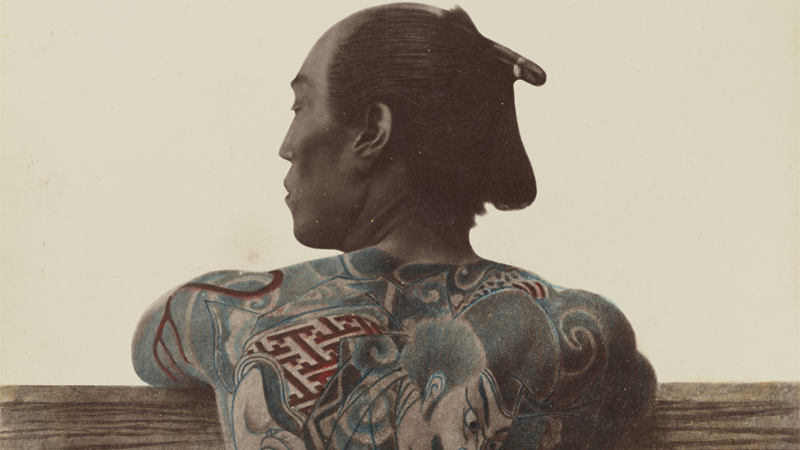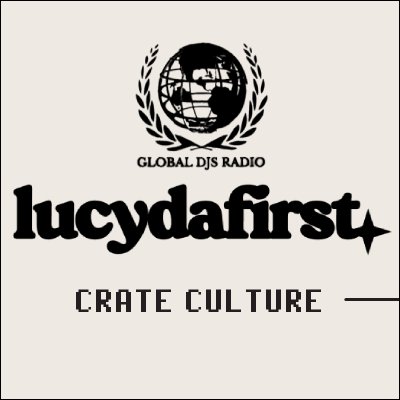For as long as I can remember, I have been a great fan of tattoo s. I really enjoy to read in on the different styles of the tattoo scene. For the last 9 years my focus has been mainly on the traditional Japanese tattoo the Horimono, beter known as the Irezumi.
I gather my information by ready books and following tattoo artists on the socialmedia, I love looking at all those beautiful pieces of art inked “into” bodies. I had a big shock when I heard that the Japanese government opened an “attack” on Japanese artists, in the beginning of this year. There was a tattoo convention shut down in Osaka and there where messages that tattoo artists had been arrested. I wanted to know more about what was going on and so I contacted the people behind the Facebook page, Save Tattooing in Japan. From this contact an interview was born that I would love to share with you.

But before we go to the interview, first a little bit of history:
The Japanese tattoo has been around for centuries, but really gained popularity in the Edo period (1600-1868 AD). People asked artists for tattoo’s with scenes from the popular Chinese roman Suikoden. This roman is about rebellious courage and manly bravura, was very wanted among the people and was published and printed on wooden blocks. But next to the scenes from this roman, dragons, flowers, tigers and other mythical creatures where very popular too. For example, the firemen often had dragon tattoo’s to protect them selves against fire. Artists where populair and very wanted for their eye for detail and use of Nara ink. This type of ink changes color over time, when applied under the skin, from black to a green blue color and was mainly used to create waves.
Even though the Horimono was very wanted and popular in the Edo era, there was a dark side to tattoo s. In the Kofun era (300-600AD) there was a law in place to punish criminals with a crime tattoo, known as an Irezumi. Depending on the crime there would be a fitting tattoo placed, so the community could see what kind of criminal a person was. Because of this the Horimono got a bad name, while it also still meant art through ink. Even in the Edo era, punishment tattoo s where placed. And at one point, the government decided that tattooing would be made illegal. This meant that tattoo artists and their clients needed to go underground. It was illegal and punishable to place a tattoo and also to receive a tattoo. If you got caught you would be convicted in an instant.
The government did this mainly to create a clean image for the West. Funny to know, actually, it was the ambassadors coming from the West to Japan, who where very interested in the Japanese Horimono. And they really wanted one inked “into” them selves. For these high and mighty man of the West the government made an exception. But the ban on tattooing was revoked in 1948.
Through out the years, the meaning of Horimono and Irezumi have been woven together. Now-a-days the word Irezumi does not have a negative meaning anymore. Also the way a tattoo is placed has changed. Originally everything was done by hand, but now most tattoos are placed with a tattoo gun. Still, there are a lot of Japanese tattoo artists who prefer to place a tattoo by hand. This is called Tebori.
It is time for the interview. Thanks to Manuel Chillagano and the team behind Save Tattooing in Japan, this interview was made possible. In my opinion it is of utmost importance that this form of art is protected. Especially in a country as Japan, where the way of making tattoo art is unique in its kind. People all over the world are fascinated by the Japanese tattoo and the disappearance of it would be a huge loss to the art community. You can read the interview with Save Tattooing in Japan here.
Sources: The Japanese Tattoo: door Sandi Fellman, Bushido, legacies of the Japanese tattoo: door Takahiro Kitamura en Katie M. Kitamura and Save Tattooing in Japan




















